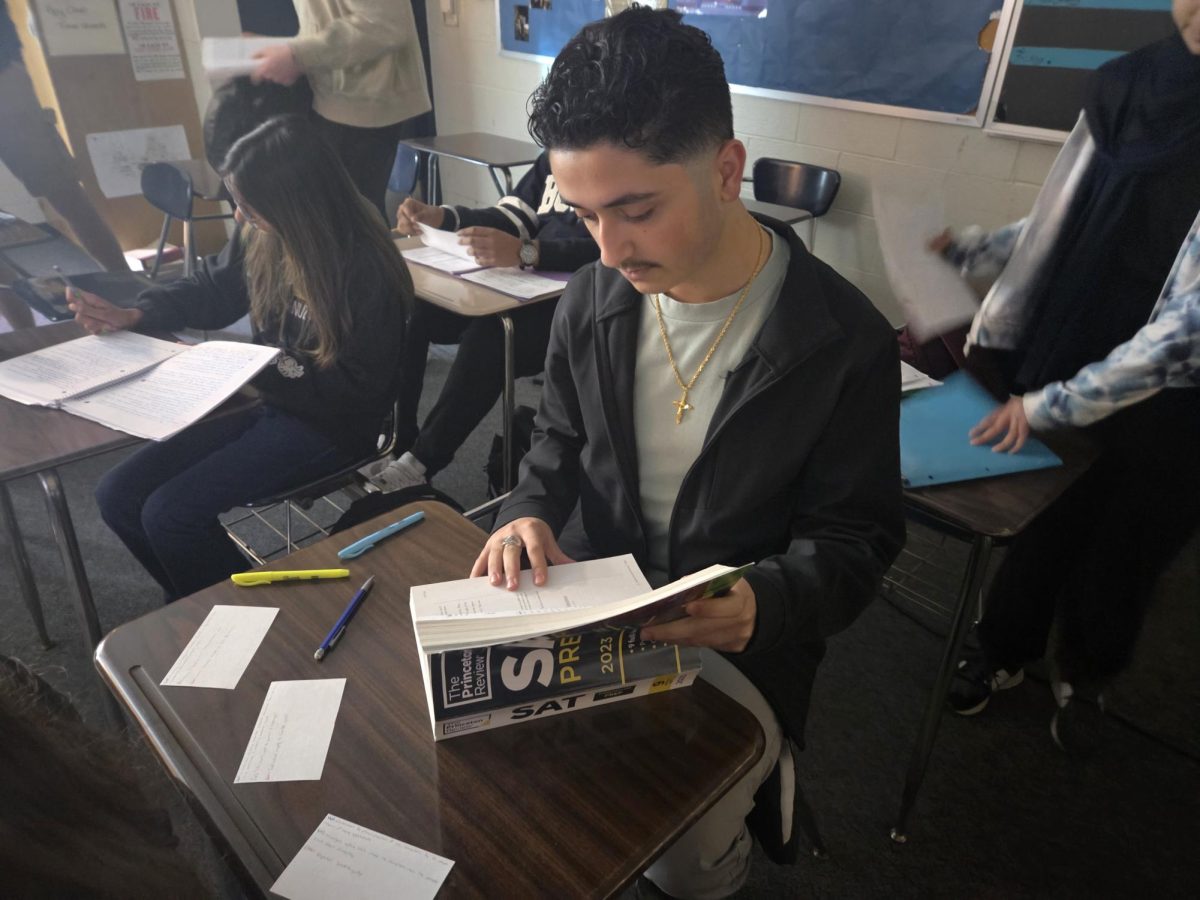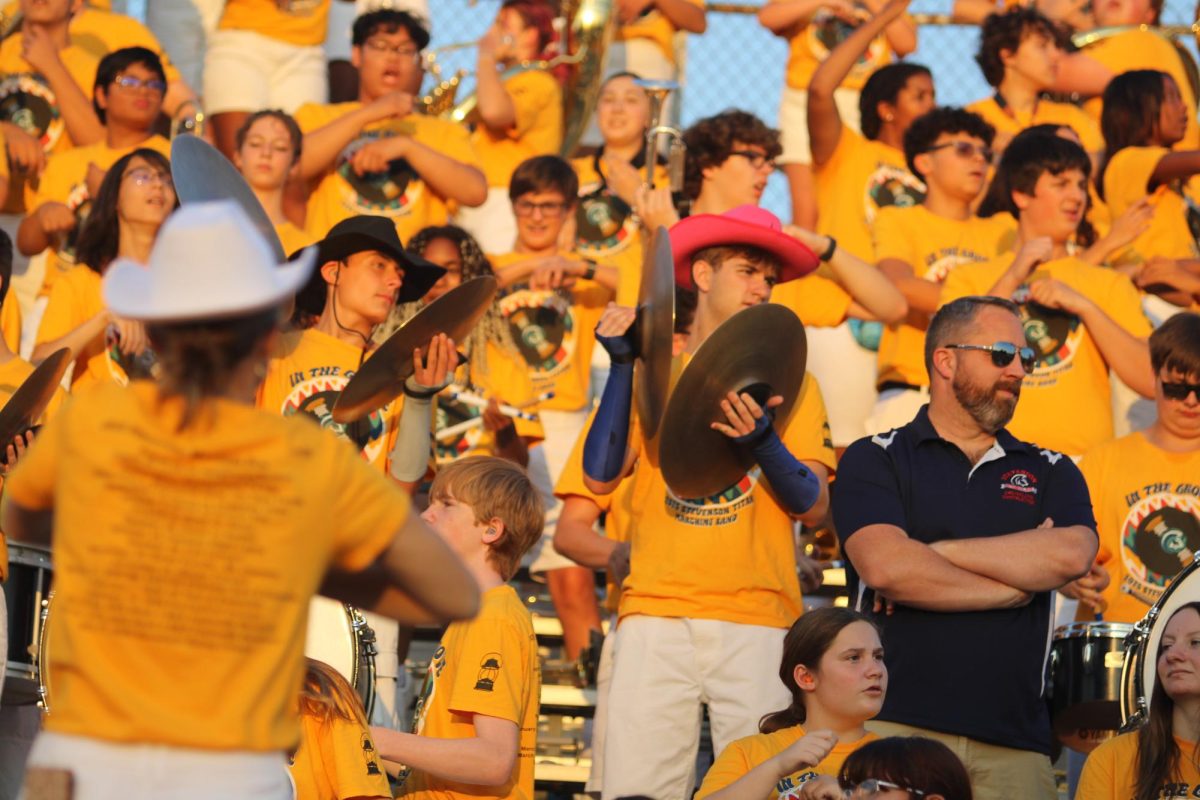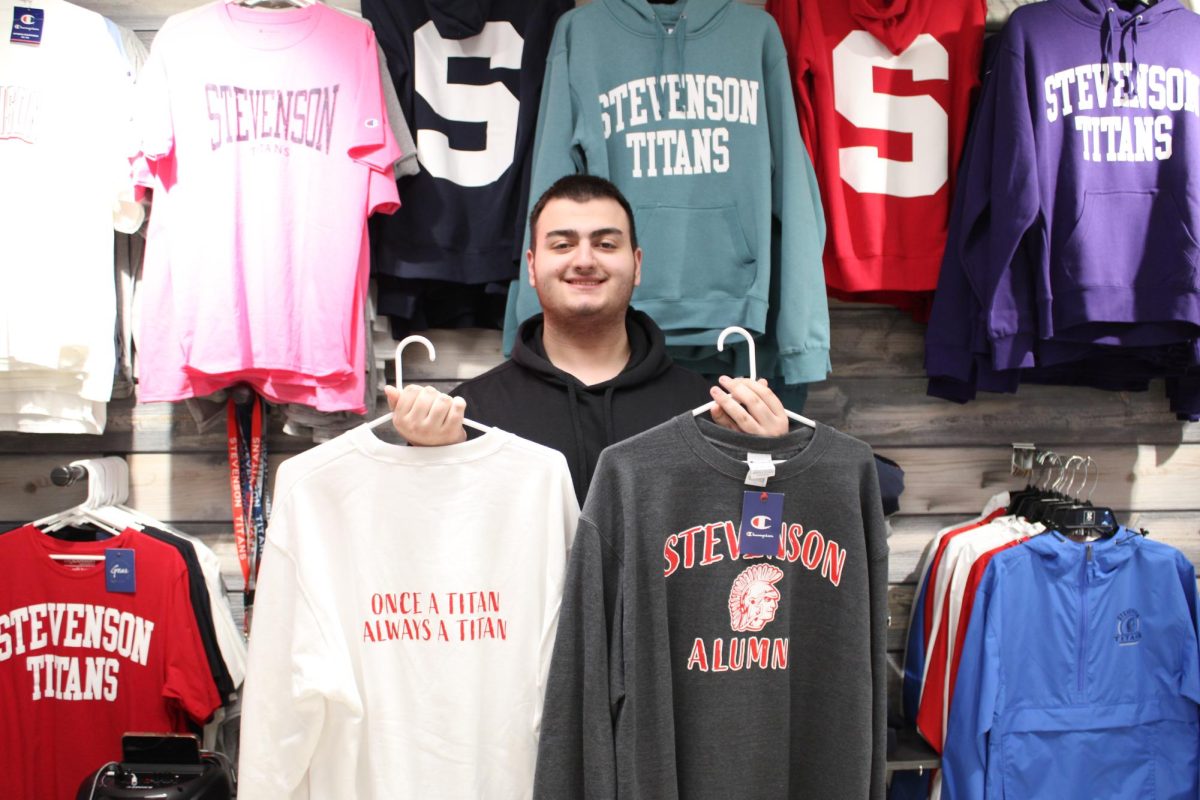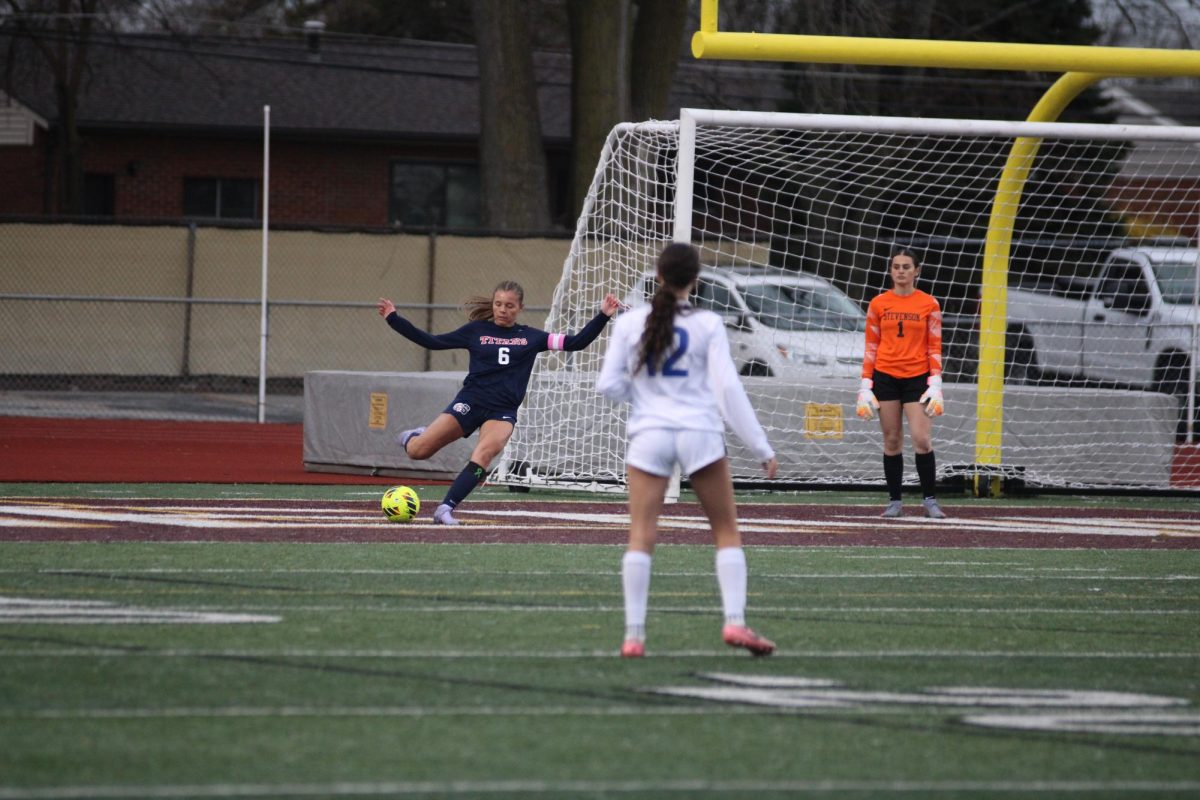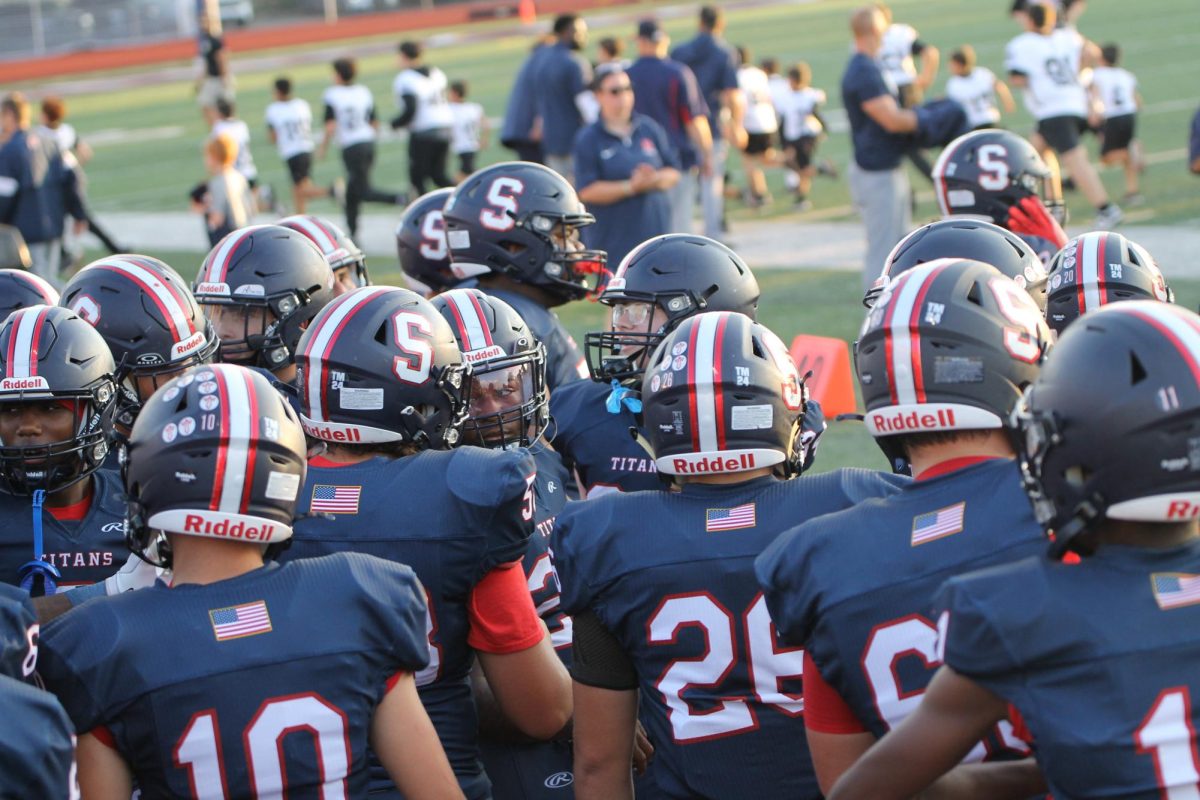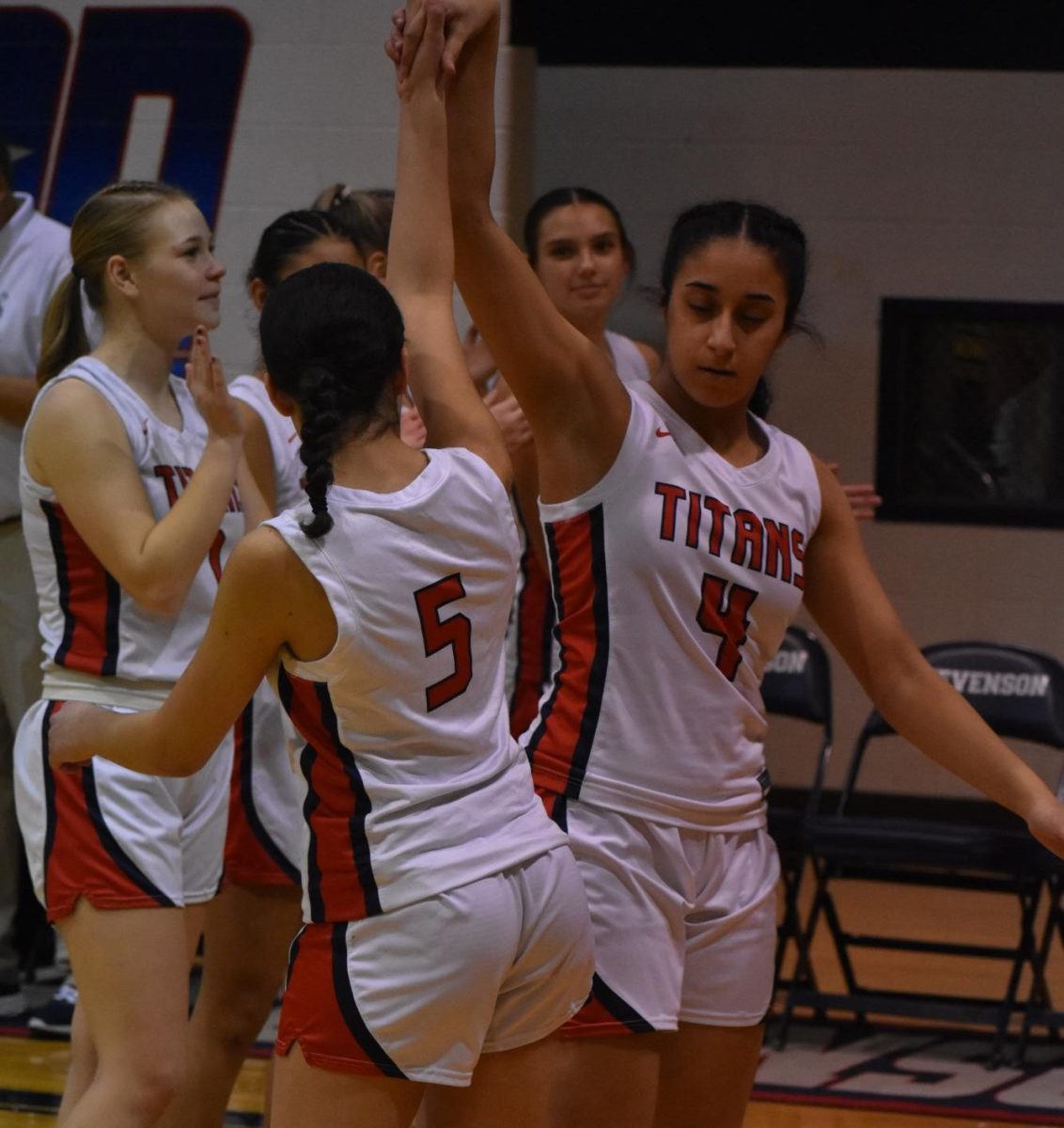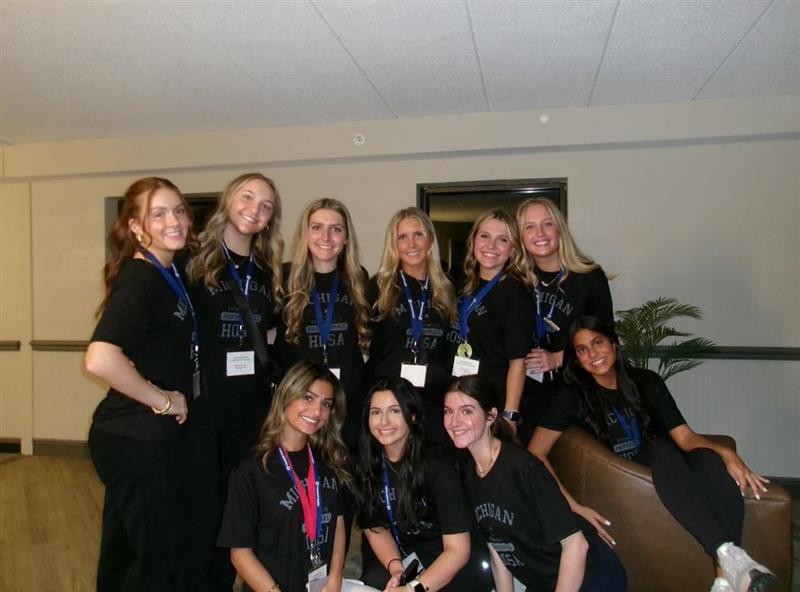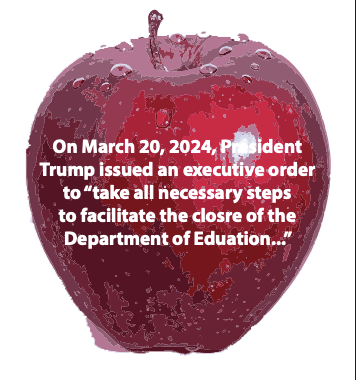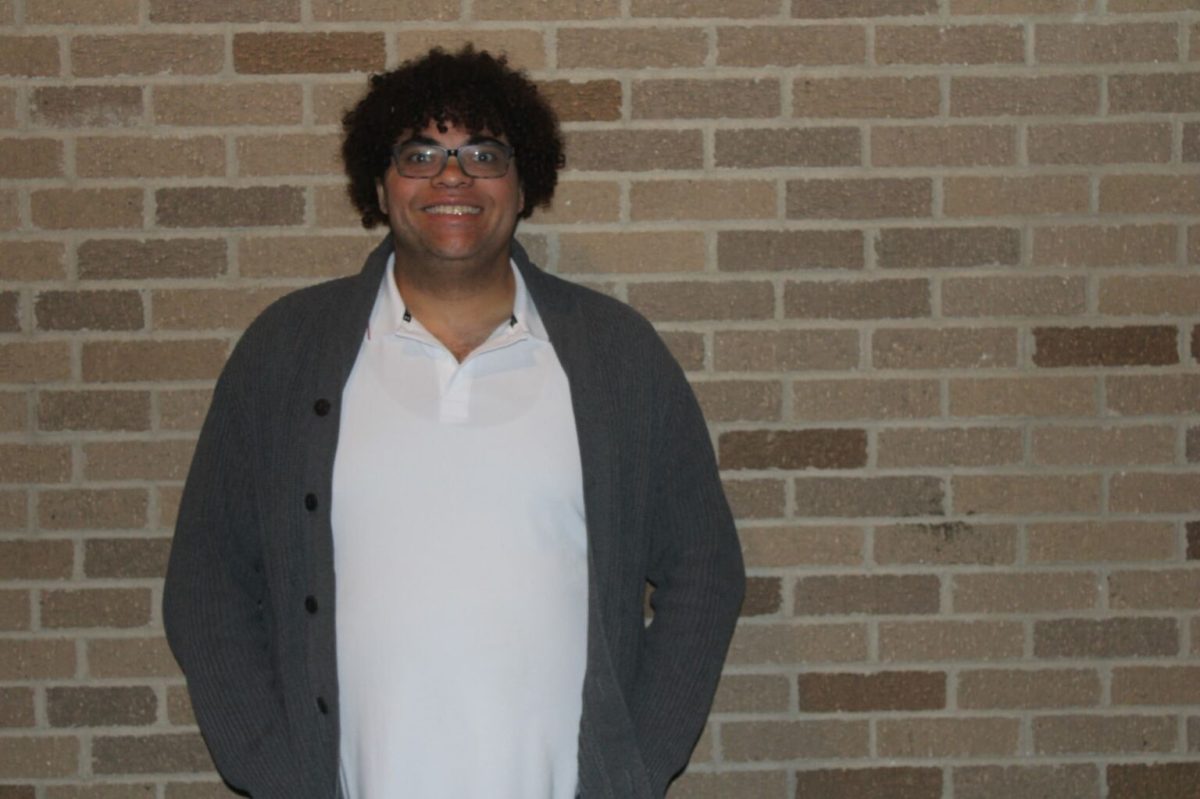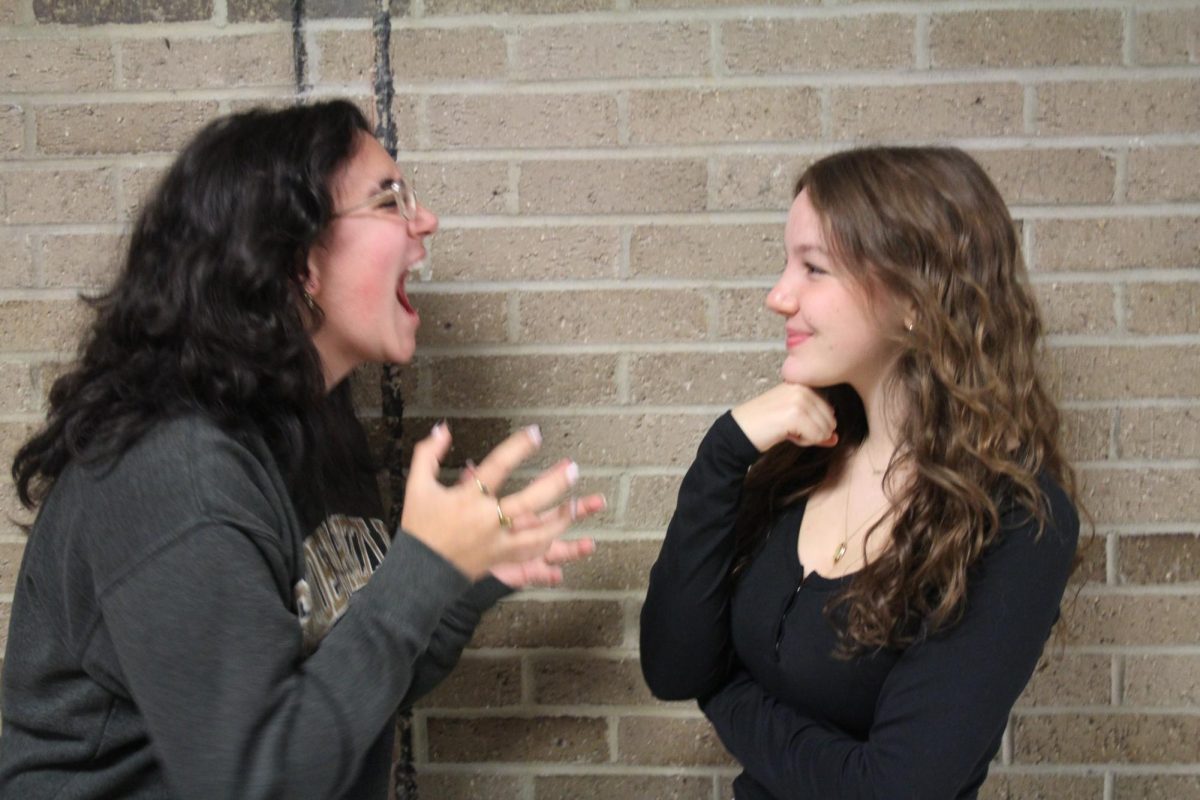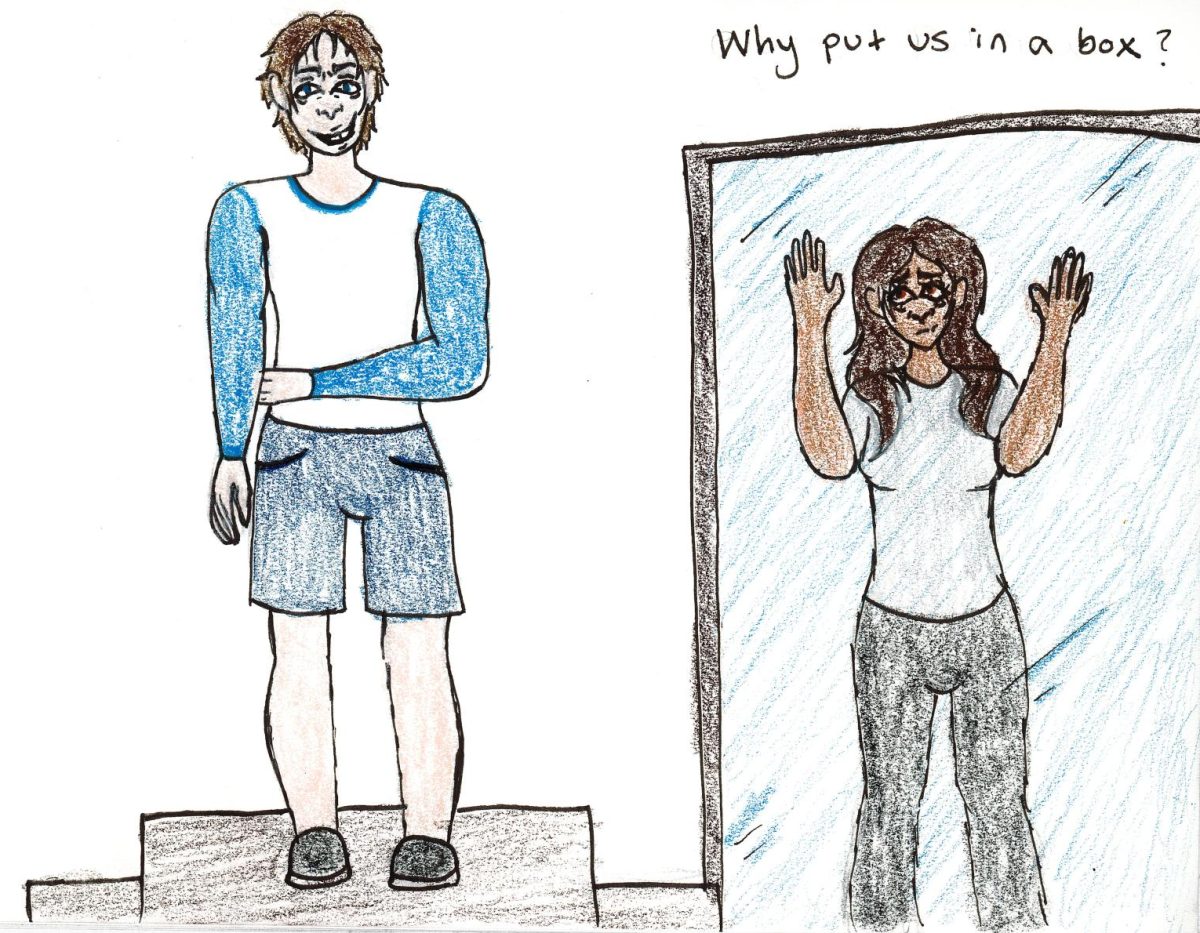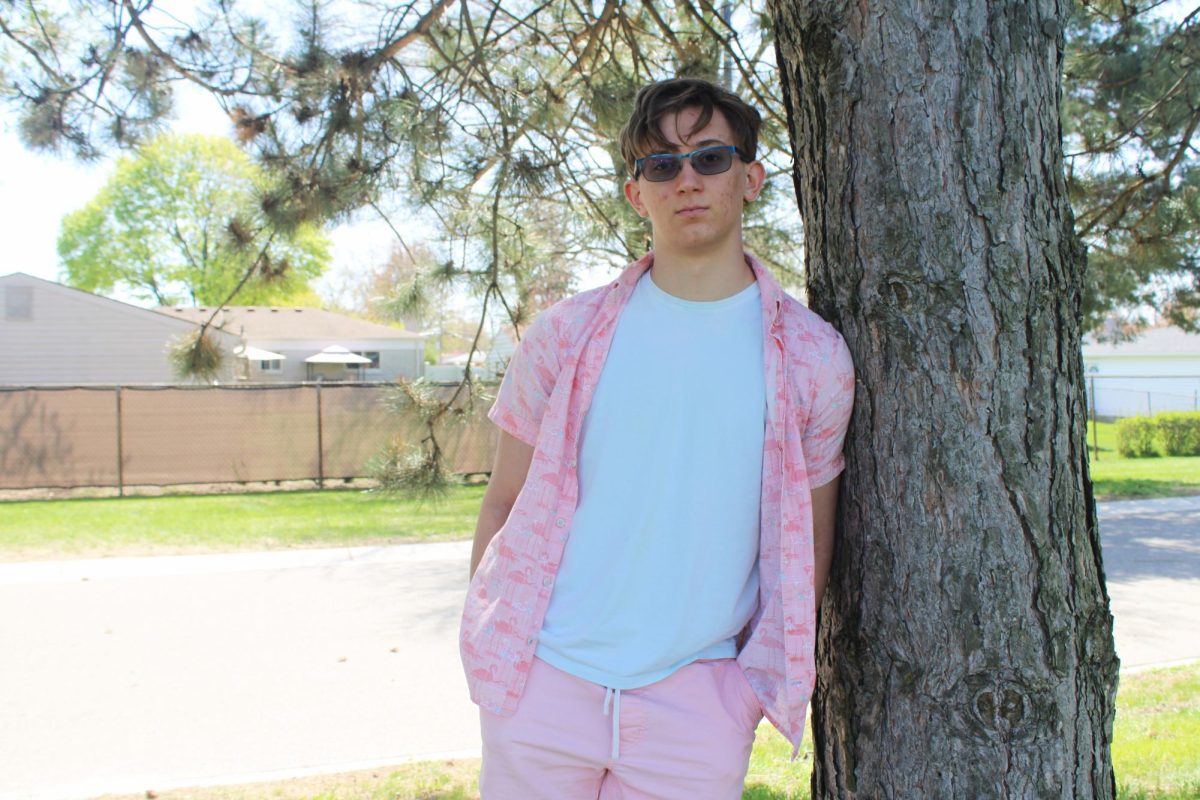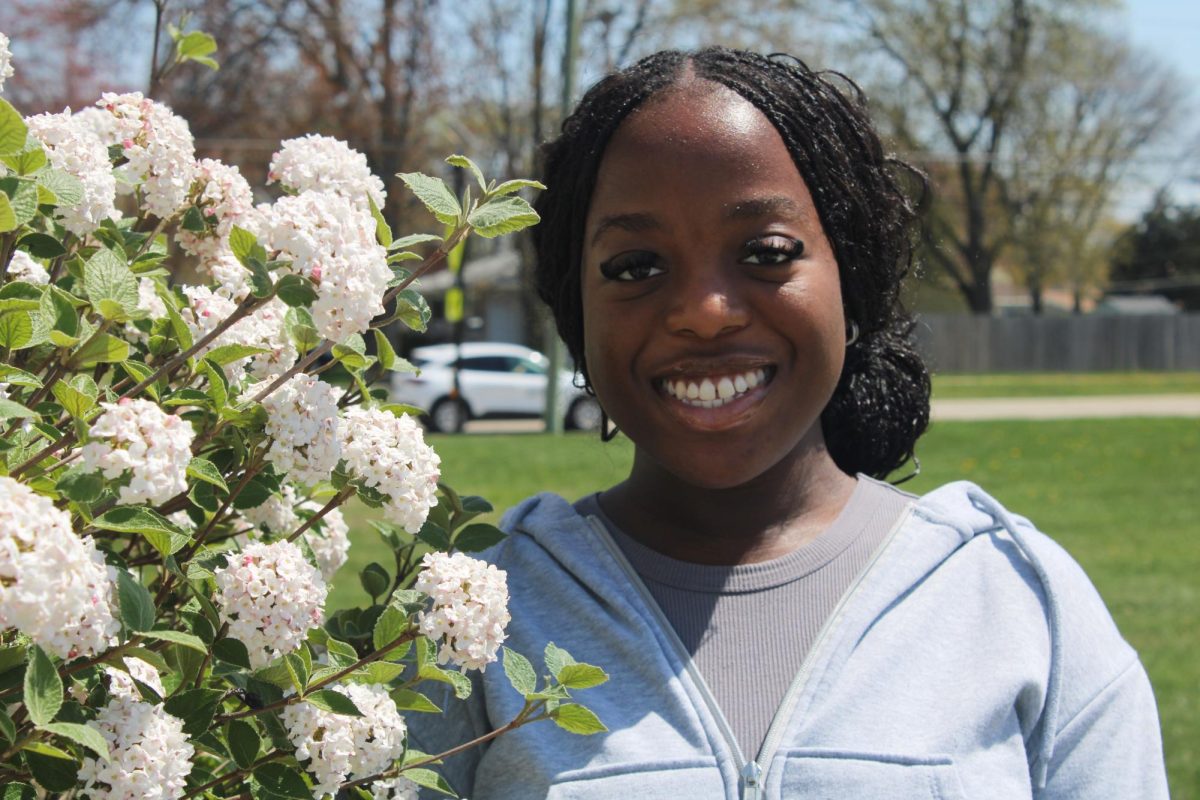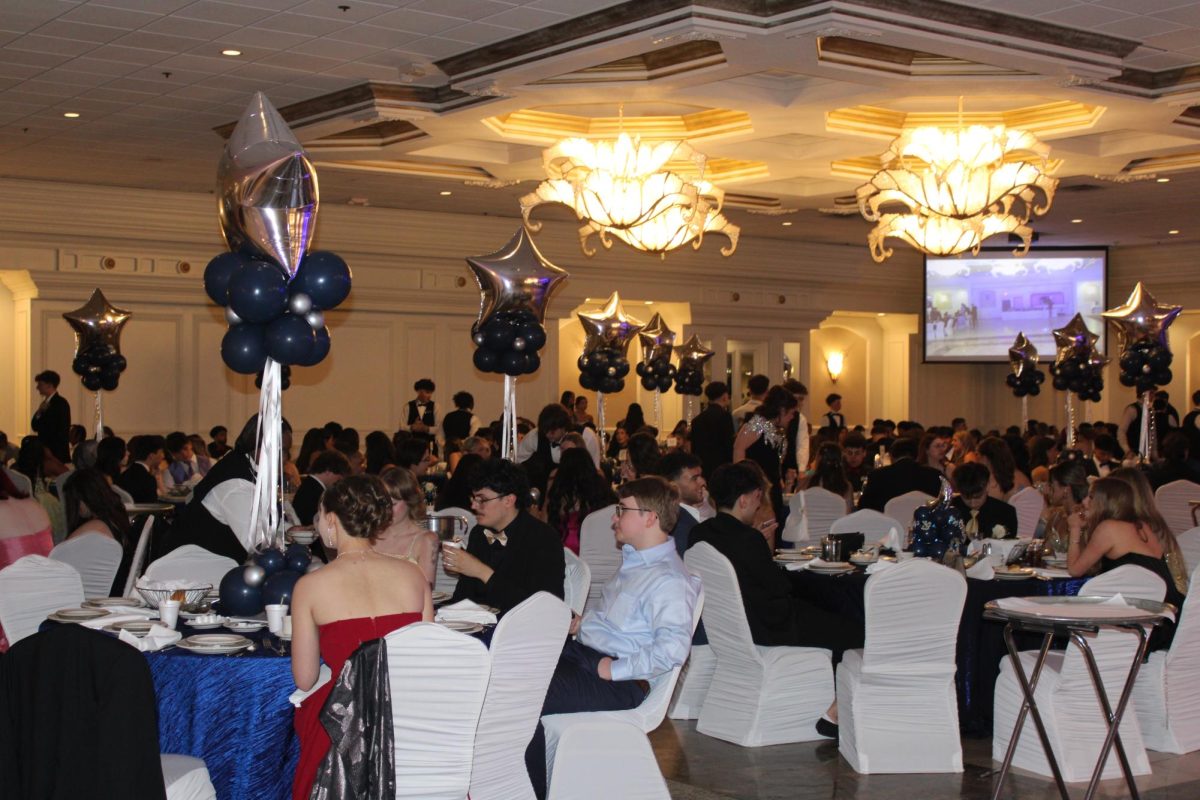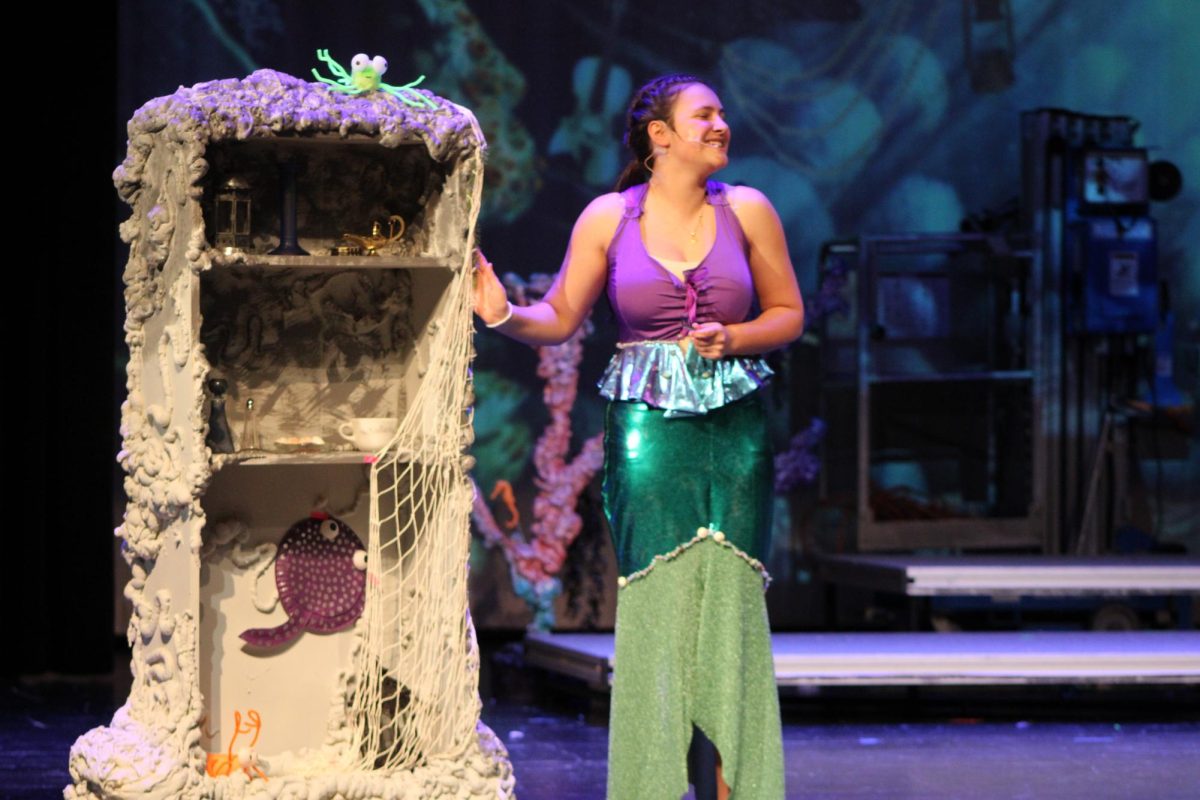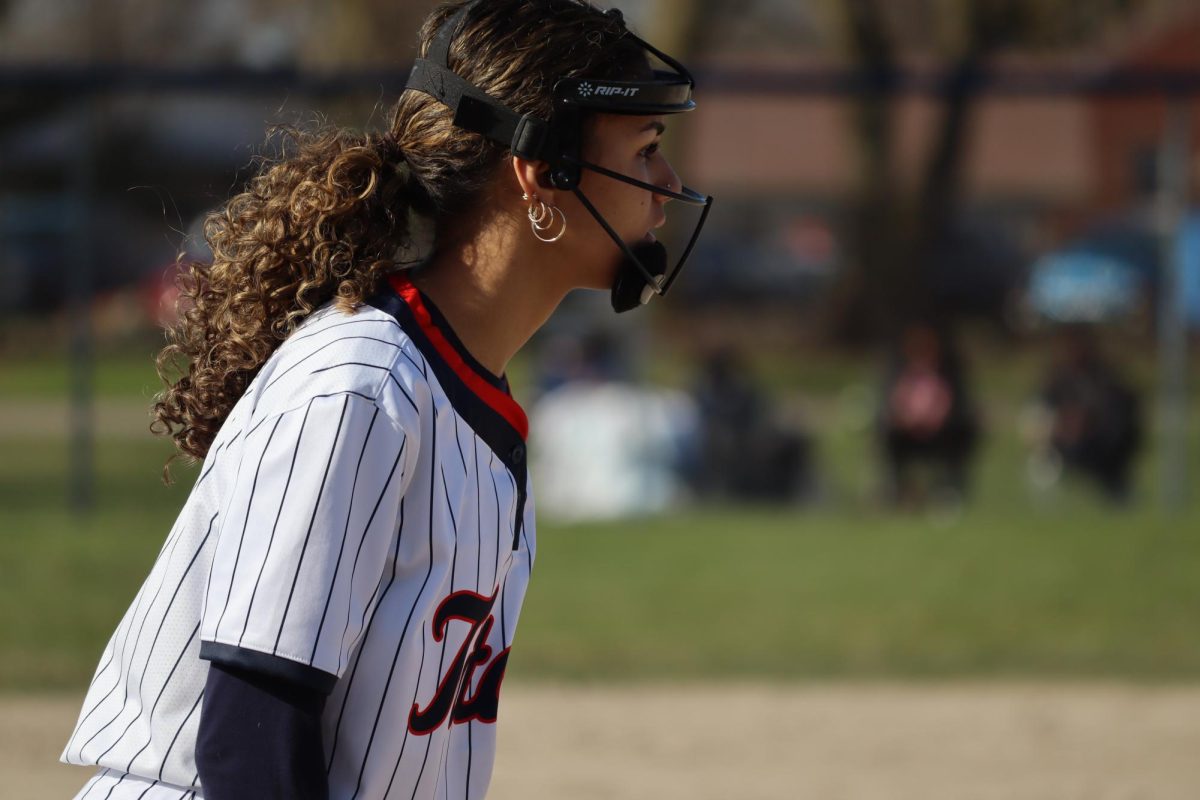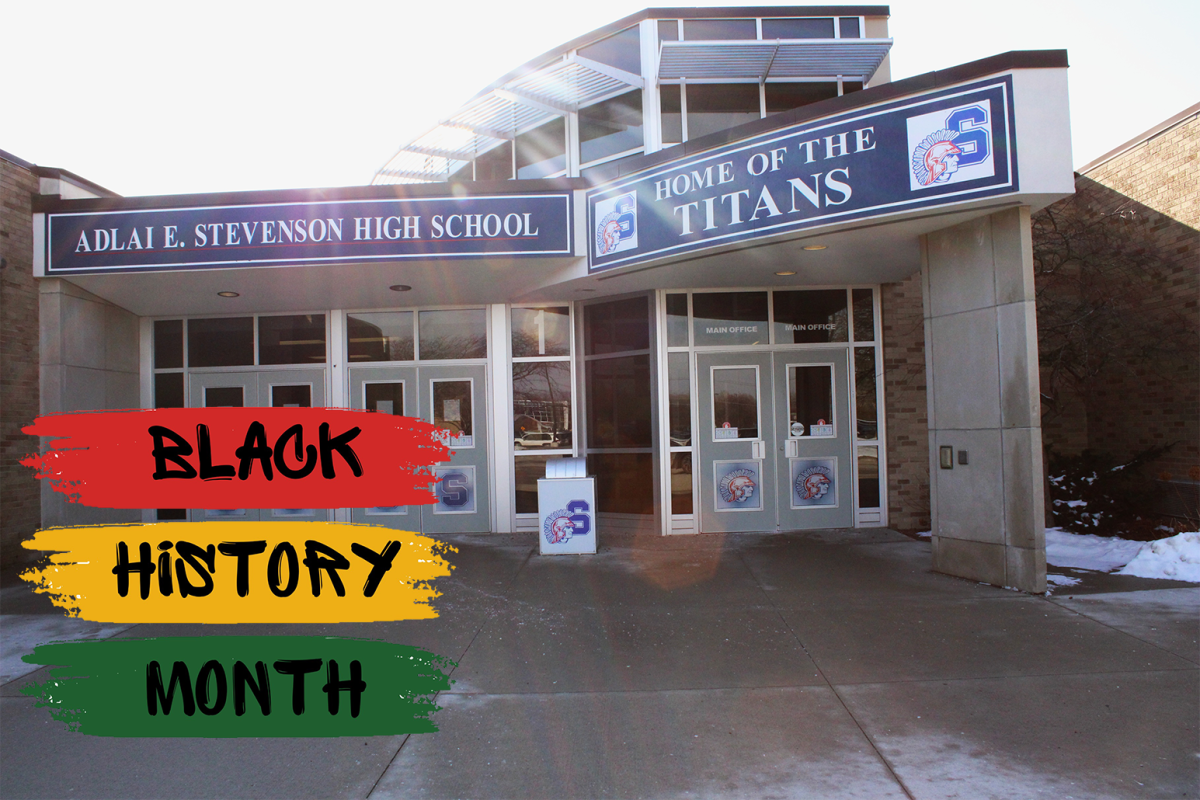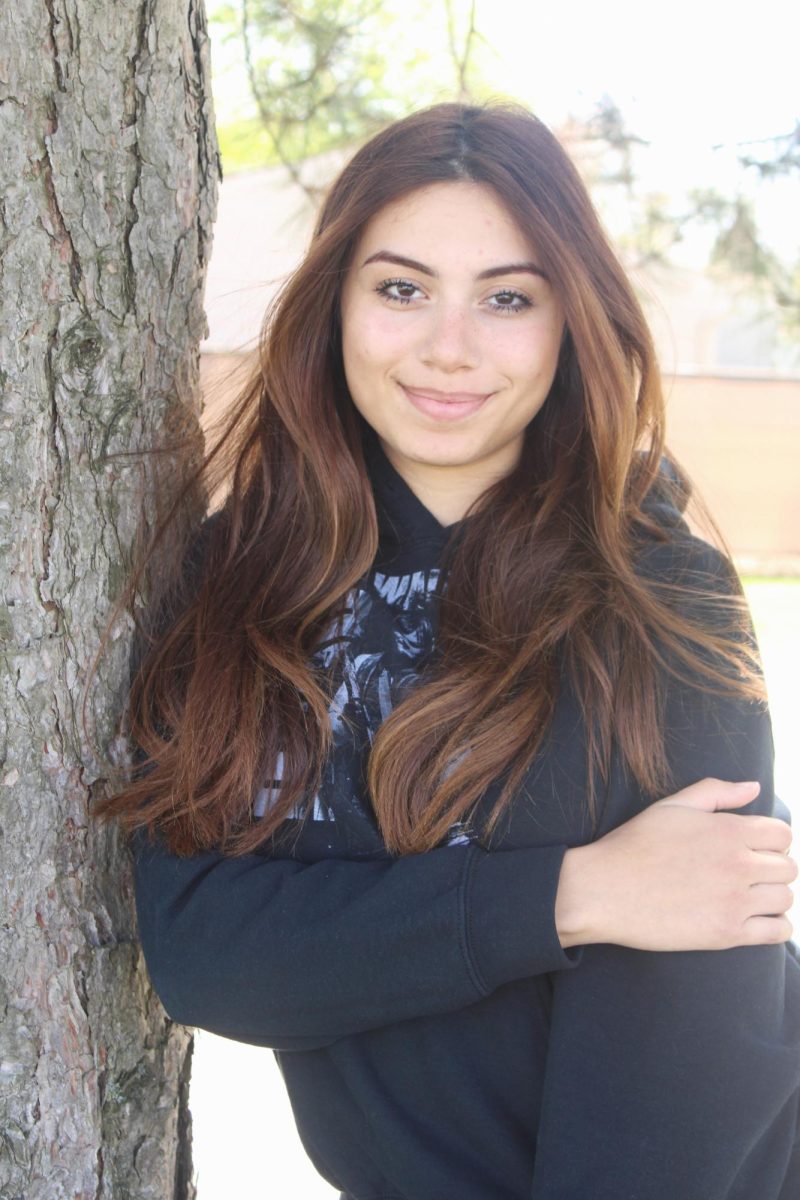Black History Month is the second month of the year—the shortest of all 12. Despite its briefness, it serves to highlight African American history and the contributions of Black people in the United States. It has been nearly 100 years since Carter G. Woodson, known as “The Father of Black History,” created Negro History Week in 1926. His efforts paved the way for what is now known as Black History Month.
As a student of color who attends a predominantly white high school, it’s hard to expect anyone to celebrate Black History Month (BHM) the way I’m used to doing. After attending River Rouge High School, a predominantly African American school, for my junior year, I noticed significant differences between the two schools. Even in elementary school in Delaware, where I was born and raised, there was always a huge celebration of Black History Month, and all students were assigned a project related to it.
At my previous schools, Black History Month was marked with a large celebration in the gym/ auditorium, featuring performances, skits, informational pieces, and an art show. Now, as a new senior at a school with only 7 percent of African American students, I feel BHM isn’t celebrated the way it should be, maybe even at all. With that in mind, I’d like to change that.
BHM has often been overlooked or entirely ignored by many schools. I may not have attended Stevenson last year, but from what I’ve heard, there has never been a tradition of celebrating BHM here. In all my years living in Michigan and attending predominantly white schools, I’ve never seen BHM properly acknowledged. This has often left me feeling like Black culture doesn’t matter.
In 2020, the “Black Lives Matter” movement brought more attention to African American culture. While this was a step forward, it wasn’t enough. February is dedicated to BHM, and as an African American student at Stevenson, I want to see greater awareness and acknowledgment of this month. BHM is not just one day; it’s an entire month dedicated to recognizing history, achievements, and contributions. Although there is little diversity at this school, particularly among African Americans, I want to make the most of what we do have here.
One resource we have is the Black Student Union (BSU), where African American students come together to discuss Black culture. It’s a safe space for Black students at Stevenson. For the 2023-2024 school year, BHM was supposed to be “celebrated” with announcements, but after speaking to African American students and the president of BSU, I learned those announcements were never made, and no celebration was organized. Historically, it has always been up to the students to plan something for BHM. However, it should never be solely the students’ responsibility. The school should take accountability for failing to plan events and for making the African American community feel unseen.
When I spoke to the principal I was advised to speak with the president of the Black Student Union—a student. This response reinforced the idea that the school shifts responsibility for BHM to its students instead of stepping up to create meaningful celebrations or activities.
The Black students at Stevenson may not openly say or show that they care about Black History Month, but that doesn’t mean they don’t feel its absence. The lack of acknowledgment can make it seem like the school doesn’t care about them. Black History Month isn’t just a trivial observance; it’s an important part of American history. While there may not be many African Americans at Stevenson, we stand out no matter what.

